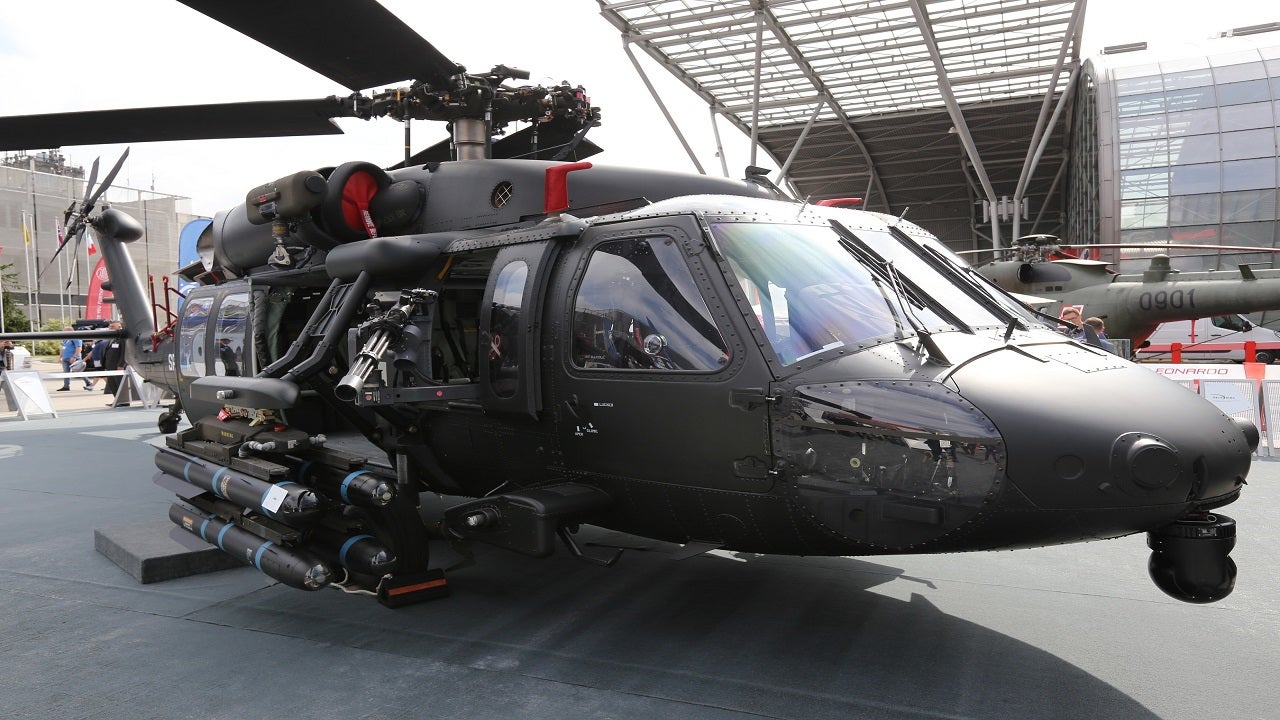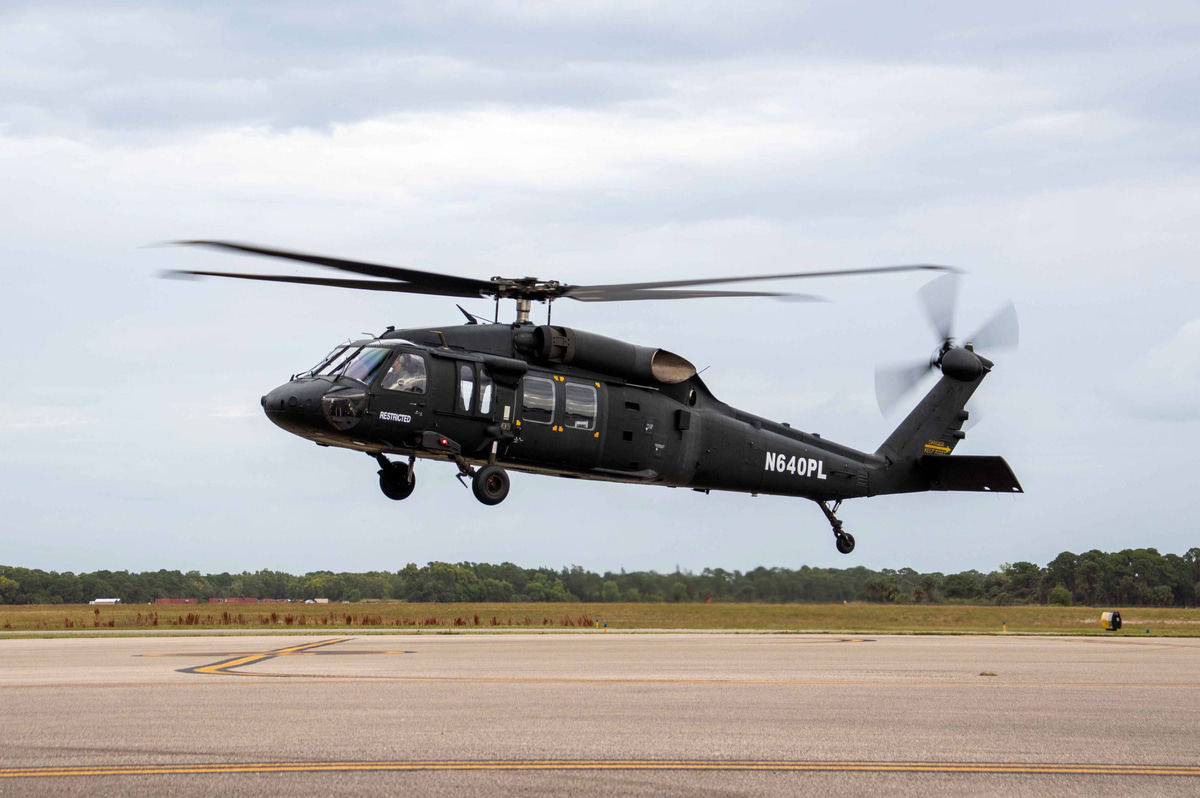Rotary-Wing Airplane Offering Superior Sturdiness and Accuracy Engineering
In the realm of aeronautics, rotary-wing airplane have long been acknowledged for their one-of-a-kind capabilities in different functional settings. From military missions to private applications, the development of rotary-wing modern technology has paved the method for makers that supply exceptional toughness and accuracy design. Through developments in materials and building strategies, paired with innovative trip control systems, these airplanes have become essential tools for tasks that require both effectiveness and precision. As we discover the detailed equilibrium in between technology and integrity in rotary-wing airplane, it comes to be noticeable that the merging of sophisticated modern technology and tried and tested style concepts has set a new standard for efficiency and performance in the aerospace sector.
Development of Rotary-Wing Technology
Throughout the background of air travel, the evolution of rotary-wing modern technology has been a testament to constant advancement and development in aerial engineering. From the very early days of vertical trip with fundamental designs to the innovative helicopters and other rotary-wing airplane of today, the progression in this field has actually been exceptional.
In the early 1900s, pioneers like Igor Sikorsky and Juan de la Cierva made significant strides in rotary-wing innovation. Sikorsky's VS-300 helicopter, first flown in 1939, marked a pivotal minute in the development of functional rotary-wing airplane. This success paved the means for further innovations in vertical trip capabilities.

Today, rotary-wing airplane play important duties in numerous sectors, including military operations, emergency medical services, police, and commercial transportation. The evolution of rotary-wing technology continues to push the boundaries of what is possible in upright trip, making sure that these aircraft stay essential possessions in the aeronautics industry.
Materials and Construction Innovations
Showing a combination of cutting-edge products and accurate building and construction methods, rotary-wing airplane have undertaken considerable advancements in toughness and performance. One of the vital developments in products used for rotary-wing airplane is the increasing use of composite products.
Additionally, the integration of innovative coatings and surface area therapies has played a crucial function in boosting the resilience of rotary-wing airplane. These coatings offer defense against rust, abrasion, and severe weather, prolonging the life-span of the airplane and decreasing maintenance needs.
In regards to construction developments, additive production, additionally known as 3D printing, has transformed the manufacturing of facility parts for rotary-wing airplane. This technology permits fast prototyping and personalization, bring about faster development cycles and decreased expenses. Generally, the continual advancement of products and building and construction techniques is driving the capabilities and performance of rotary-wing aircraft to brand-new elevations.
Accuracy Flight Control Equipment

The assimilation of GPS innovation further improves the accuracy and integrity of these systems, enabling for precise navigating, waypoint tracking, and automated trip control. sikorsky s 70. This level of accuracy not only improves the safety of rotary-wing procedures but likewise improves general operational effectiveness and mission efficiency
Moreover, the constant advancements in expert system and artificial intelligence have promoted the advancement of independent flight abilities within Accuracy Flight Control Solution. This find out allows rotary-wing aircraft to perform complex goals with exceptional precision and uniformity, making them crucial properties in a wide variety of applications, consisting of army operations, search and rescue missions, and airborne digital photography.
Longevity in Challenging Environments
Popular functional settings, rotary-wing aircraft show outstanding strength and robustness, guaranteeing ideal efficiency under tough ecological problems. These aircraft are developed to endure a vast array of ecological factors, including extreme temperatures, high winds, and harsh surface, making them appropriate for different goals in varied landscapes.
One vital variable adding This Site to the durability of rotary-wing aircraft is their rugged construction. These aircraft are built using high-quality materials and progressed design strategies to boost their architectural stability and dependability. Furthermore, components such as rotor blades, engine systems, and landing gear are meticulously made to hold up against the stress and anxieties and pressures come across during operations in tough settings.
Moreover, rotary-wing aircraft are geared up with sophisticated onboard Read Full Article systems that check efficiency metrics in real-time, enabling for proactive upkeep and very early detection of potential concerns - sikorsky s 70. This positive method helps protect against unexpected failings and makes sure the continued airworthiness of the airplane in demanding operational setups. In general, the resilience of rotary-wing airplane in difficult environments is a testimony to their exceptional design and style, making them indispensable properties for various mission-critical procedures
Maintenance and Integrity Criteria
The adherence to stringent upkeep and reliability requirements is paramount in making certain the optimal efficiency and safety of rotary-wing airplane. Regular maintenance checks, performed by certified professionals, are necessary to identify and deal with any kind of potential problems prior to they compromise the airplane's capability. These checks include a thorough examination of all important components, including the engine, blades system, avionics, and hydraulic systems, to assure that they are in prime working problem.
In addition, adherence to scheduled maintenance periods according to manufacturer guidelines is vital for upholding the aircraft's dependability. This aggressive approach helps stop unanticipated breakdowns and guarantees that the aircraft stays airworthy for its desired goals. In addition, the implementation of robust reliability standards, such as routine element testing and replacement based on established lifecycles, additionally boosts the airplane's stability.
Verdict

To conclude, the advancements in rotary-wing aircraft technology have led to superior resilience and precision engineering. With innovative products and building and construction strategies, in addition to accuracy trip control systems, these aircraft can operate in challenging atmospheres with raised integrity. The upkeep and integrity requirements make sure that these rotary-wing aircraft remain to carry out at their best, making them important assets for numerous sectors.
Showing a combination of advanced materials and specific building methods, rotary-wing airplane have actually gone through significant innovations in longevity and efficiency. One of the key technologies in products used for rotary-wing airplane is the enhancing utilization of composite products.With precise focus to detail and progressed technological integration, rotary-wing airplane have welcomed Precision Trip Control Equipment as a keystone of their operational quality. In general, the longevity of rotary-wing aircraft in tough atmospheres is a testimony to their exceptional design and design, making them crucial possessions for numerous mission-critical operations.
In final thought, the advancements in rotary-wing aircraft modern technology have led to remarkable resilience and accuracy design.